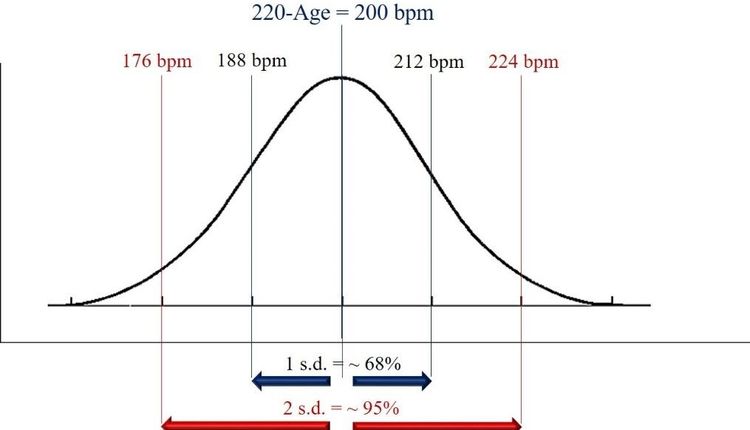The number of children who take medication for chronic diseases has jumped dramatically, another troubling sign that many of the youngest Americans are struggling with obesity, doctors say.
The number of children who take pills for type 2 diabetes — the kind that's closely linked to obesity — more than doubled from 2002 to 2005, to a rate of six out of 10,000 children. That suggests that at least 23,000 privately insured children in the USA are now taking diabetes medications, according to authors of the new study in Monday's Pediatrics.
Doctors also saw big increases in prescriptions for high cholesterol, asthma and attention deficit and hyperactivity. There was smaller growth for drugs for depression and high blood pressure.
"We've got a lot of sick children," says author Emily Cox, senior director of research with Express Scripts, which administers drug benefit programs for private insurance plans. "What we've been seeing in adults, we're also now seeing in kids."
Type 2 diabetes was once known as adult-onset. But Cox says her records show kids as young as 5 being treated with prescription diabetes drugs.
Cox based her study on prescription records of nearly 4 million children a year, ages 5 to 19, covered by Express Scripts. She says her findings may not apply to the 40% of children who are uninsured or covered by government health plans.
Unless these children make major changes — such as eating healthier and exercising more — they could be facing a lifetime of illness, Cox says.
"These are not antibiotics that they take for seven to 10 days," Cox says. "These are drugs that many are taking for the rest of their lives."
Cox couldn't explain one surprising finding: Most of the increase in drugs for diabetes, attention deficit/hyperactivity and depression was seen in girls. The gender gap was most striking in diabetes: While the number of boys taking medication grew by 39%, the number of girls using them climbed by 147%, Cox found.
News release provided by USA Today. Visit USAtoday.com for more headlines.
The number of children who take pills for type 2 diabetes — the kind that's closely linked to obesity — more than doubled from 2002 to 2005, to a rate of six out of 10,000 children. That suggests that at least 23,000 privately insured children in the USA are now taking diabetes medications, according to authors of the new study in Monday's Pediatrics.
Doctors also saw big increases in prescriptions for high cholesterol, asthma and attention deficit and hyperactivity. There was smaller growth for drugs for depression and high blood pressure.
"We've got a lot of sick children," says author Emily Cox, senior director of research with Express Scripts, which administers drug benefit programs for private insurance plans. "What we've been seeing in adults, we're also now seeing in kids."
Type 2 diabetes was once known as adult-onset. But Cox says her records show kids as young as 5 being treated with prescription diabetes drugs.
Cox based her study on prescription records of nearly 4 million children a year, ages 5 to 19, covered by Express Scripts. She says her findings may not apply to the 40% of children who are uninsured or covered by government health plans.
Unless these children make major changes — such as eating healthier and exercising more — they could be facing a lifetime of illness, Cox says.
"These are not antibiotics that they take for seven to 10 days," Cox says. "These are drugs that many are taking for the rest of their lives."
Cox couldn't explain one surprising finding: Most of the increase in drugs for diabetes, attention deficit/hyperactivity and depression was seen in girls. The gender gap was most striking in diabetes: While the number of boys taking medication grew by 39%, the number of girls using them climbed by 147%, Cox found.
News release provided by USA Today. Visit USAtoday.com for more headlines.







